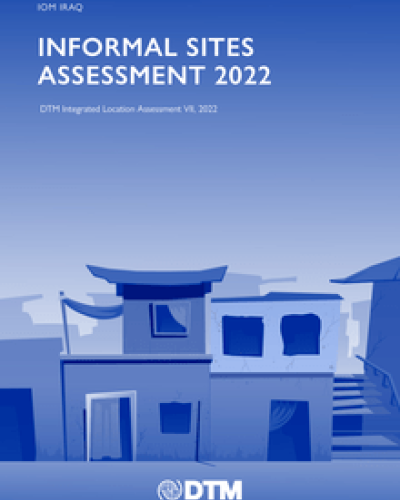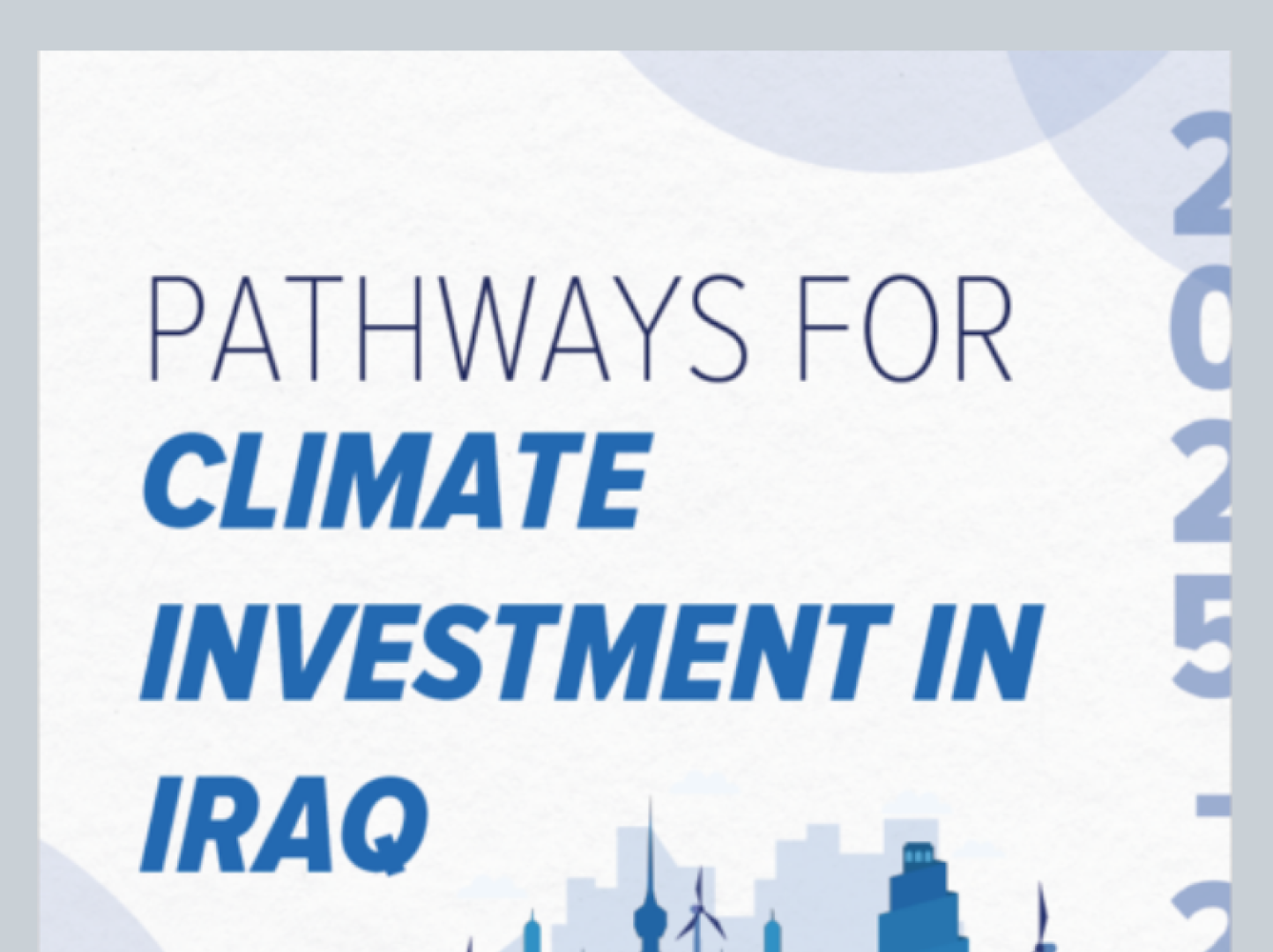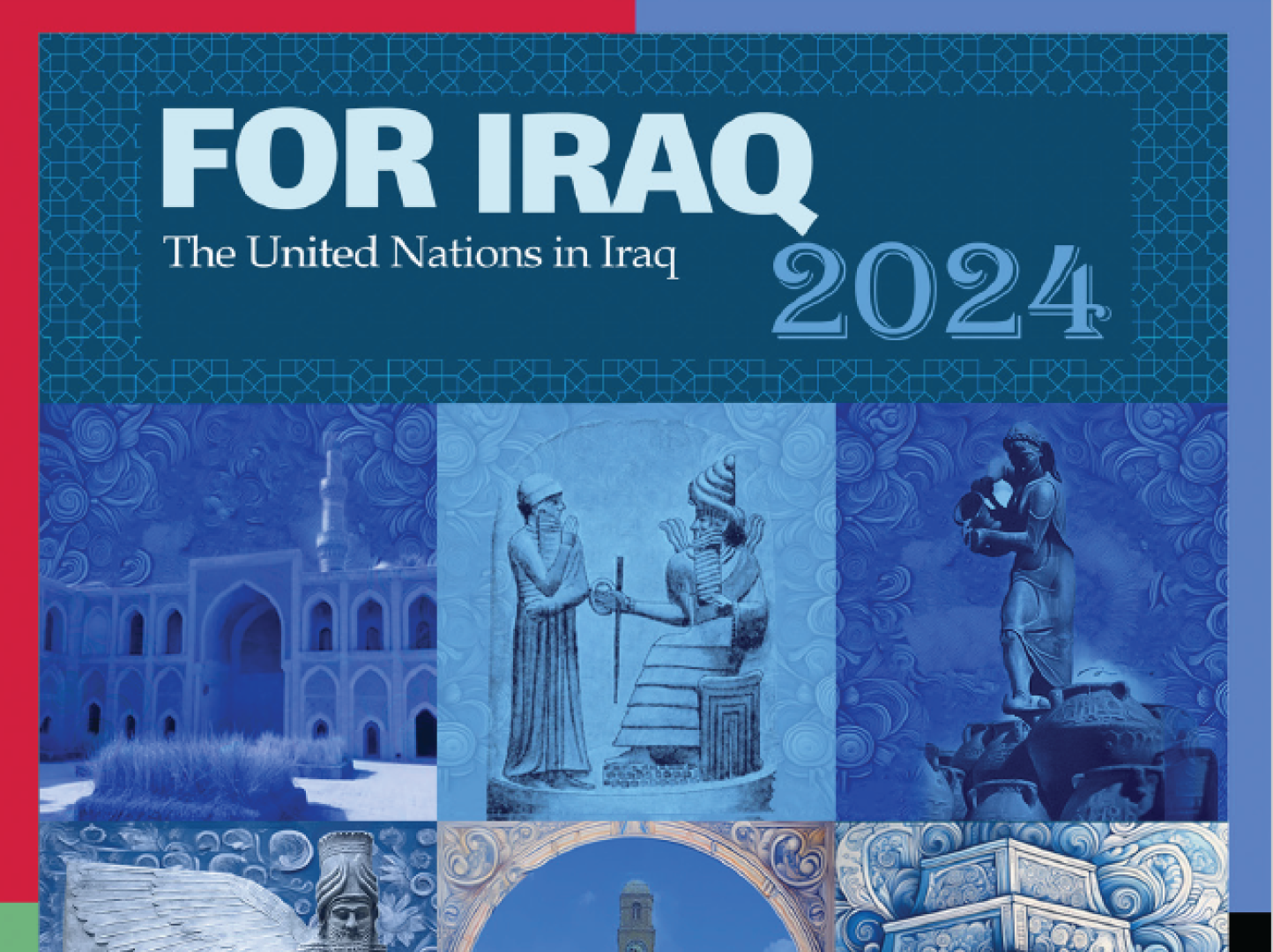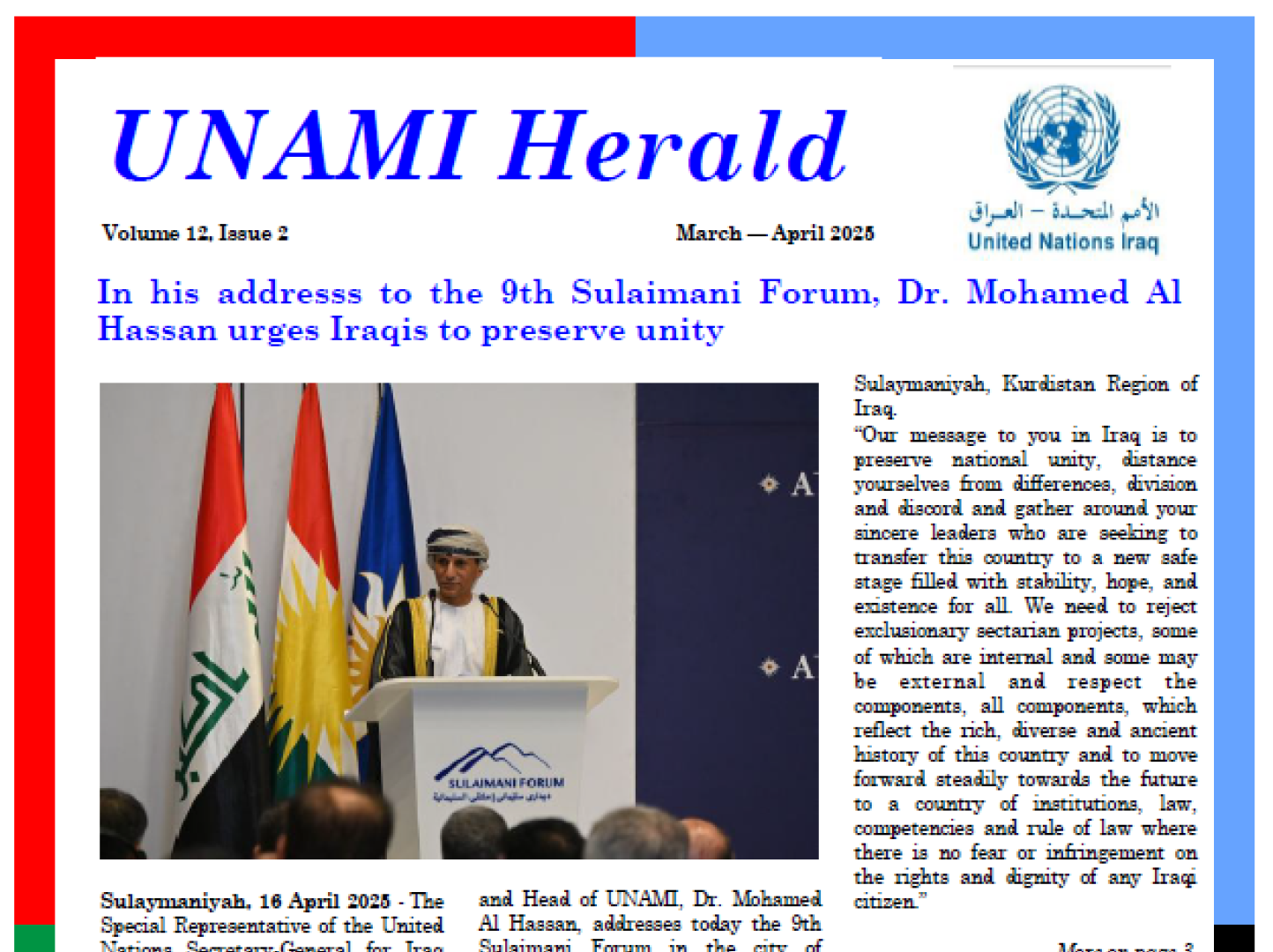IOM Iraq Informal Sites Assessment 2022: DTM Integrated Location Assessment VII, 2022

EXECUTIVE SUMMARY
This report provides a detailed overview of the conditions faced by internally displaced persons (IDP) and returnee families residing in informal sites at the time of data collection of the Integrated Location Assessment 7 (ILA 7, April–June 2022). The ILA informal sites assess-ment was conducted in two parts. First, the location, population and shelter type of all informal sites were collected nationwide. Second, if the informal site had 15 or more families, a full assessment of the location was conducted, designed in partnership with the Cluster members of the Inter-Cluster Coordination Group (ICCG). In this report, data attrib-uted to ‘fully assessed sites’ refer only to sites with 15 or more families.
As of June 2022, ILA 7 recorded a total of 401 informal sites. IDP families were present in 376 informal sites and returnee families were present in 27 sites. Dahuk governorate contains 35 per cent of the informal sites nationwide (142 sites), with Ninewa and Salah al-Din accounting for a further 18 per cent and 13 per cent, respectively (74 and 52 sites). Overall, 14,366 families were recorded as residing in informal sites in ILA 7 (13,245 IDP families and 1,121 returnee fami-lies). The largest share of this population is in Anbar governorate (27%), followed by Dahuk (21%) and Salah al-Din (15%).
In the period between ILA 6 and ILA 7, 35 per cent of fully assessed informal sites witnessed new arrivals (67 sites). Among the sites recording new arrivals, roughly one fifth (21%) involved arrivals from camps (14 sites). Camp arrivals were most common in the districts of Falluja in Anbar governorate, Al-Ba’aj in Ninewa governorate and Samarra in Salah al-Din governorate.
The share of sites in which the majority of families are unable to meet basic needs increased between the ILA 6 and ILA 7 assessments, from 81 per cent to 87 per cent (176 to 167 sites). Despite the vulnerability of those residing in informal sites, only 30 per cent of fully assessed informal sites received assistance in the past three months, predomi-nantly from humanitarian organizations (84%) and charities within the area of residence (61%).
Most IDPs in 83 per cent of informal sites intend to stay in their current location in the short term (153 sites). Of the 4 per cent of informal sites where most IDP families intend to return in the six months following the assessment (seven sites), 57 per cent of them are in Baiji district (four sites). If they were to receive the assistance necessary to return, most or all families would return in 17 per cent of sites (30 sites). These figures indicate a decline in short-term return intentions compared to ILA 6, when 9 per cent of fully assessed sites reported intentions to return and 45 per cent expressed a willingness to do so with assistance. On the other hand, the share of fully assessed sites where families were unde-cided or did not know their short-term intentions increased compared to ILA 6 (13% vs. 6%, respectively). In the long term, only 13 per cent of sites (24) reported an intention to return, down from the 18 per cent share reported in ILA 6. This intention was most common in Kirkuk, Baiji and Samarra districts.
The report concludes that families residing in informal sites face significant economic challenges impacting their ability to meet basic needs. Greater assistance and livelihoods programming are thus crit-ical to support these groups. Additionally, the concerns surrounding water quality and waste collection highlighted in this assessment call for increased water, sanitation and hygiene (WASH) programming in informal sites. Despite the challenges of living in these sites, most fami-lies intend to remain in the short term and remain undecided about their intentions in the long term, which points to a need for greater durable solutions programming. More broadly, further assessments and monitoring of informal sites should be conducted to better understand conditions and emerging trends.




